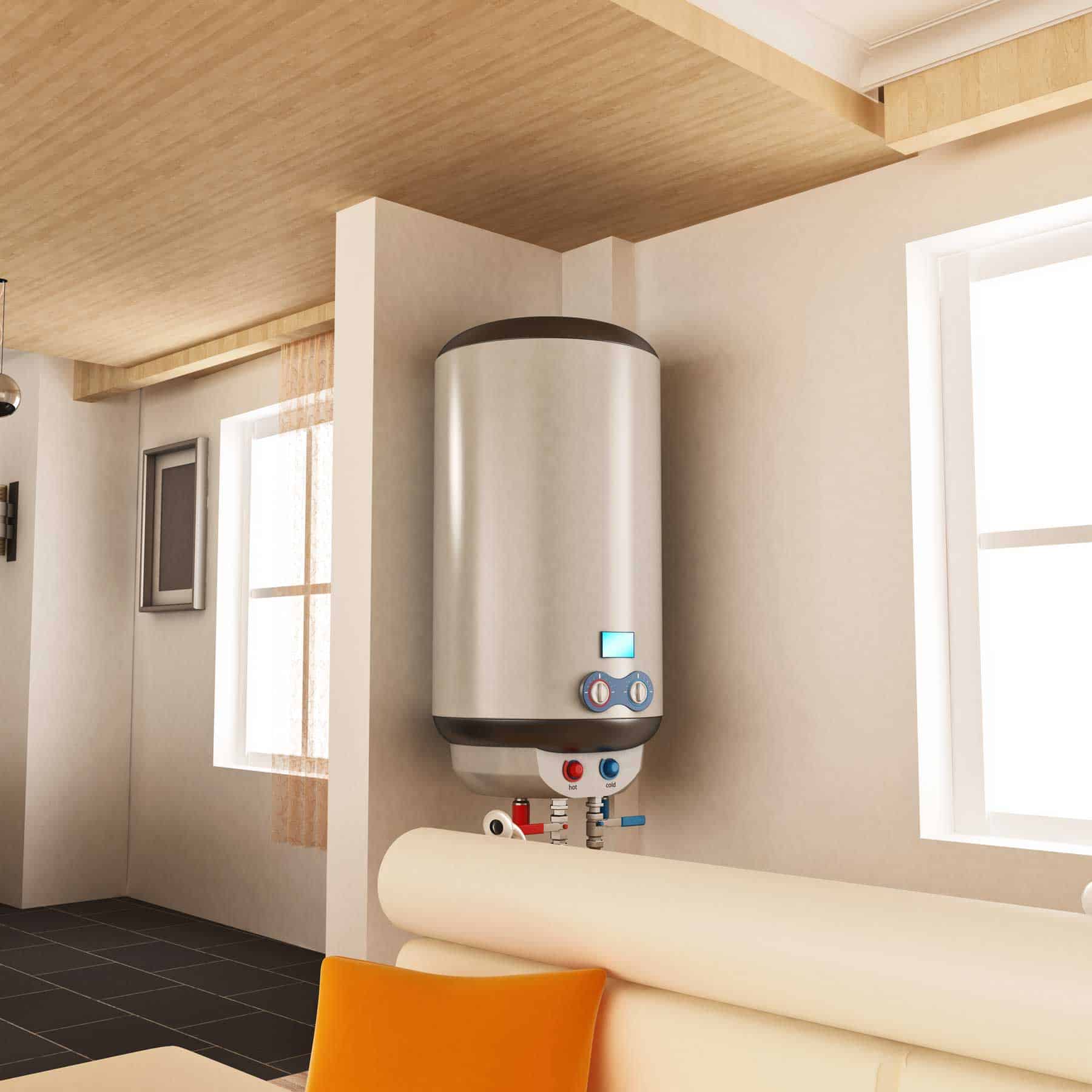Best Practices for Maintaining Your Home's Hot Water SystemSpecialist Advice for Maintaining Your Home's Hot Water System
Best Practices for Maintaining Your Home's Hot Water SystemSpecialist Advice for Maintaining Your Home's Hot Water System
Blog Article
Just about every person seems to have their own theory when it comes to Tips on Maintaining a Water Heater.

Hot water is necessary for everyday comfort, whether it's for a rejuvenating shower or washing dishes. To guarantee your hot water system runs effectively and lasts much longer, regular upkeep is key. This short article gives practical ideas and understandings on just how to maintain your home's warm water system to prevent disruptions and pricey repair services.
Intro
Maintaining your home's warm water system might seem difficult, yet with a couple of easy steps, you can ensure it runs efficiently for years to come. This guide covers every little thing from recognizing your warm water system to DIY upkeep tips and knowing when to employ expert assistance.
Relevance of Keeping Your Warm Water System
Regular maintenance not only prolongs the life expectancy of your hot water system but likewise guarantees it runs successfully. Ignoring upkeep can bring about lowered effectiveness, greater power bills, and even premature failing of the system.
Signs Your Hot Water System Requirements Maintenance
Knowing when your hot water system needs interest can stop major problems. Watch out for signs such as inconsistent water temperature, unusual noises from the heating unit, or rustic water.
Comprehending Your Warm Water System
Prior to diving right into upkeep jobs, it's valuable to understand the standard parts of your warm water system. Normally, this consists of the hot water heater itself, pipelines, anode poles, and temperature level controls.
Month-to-month Maintenance Tasks
Regular monthly checks can help catch minor issues before they escalate.
Purging the Hot Water Heater
Purging your water heater eliminates debris build-up, boosting performance and prolonging its life.
Checking and Replacing Anode Rods
Anode rods avoid rust inside the storage tank. Evaluating and changing them when worn out is crucial.
Examining and Readjusting Temperature Level Setups
Readjusting the temperature level setups makes certain optimum efficiency and safety and security.
Do It Yourself Tips for Upkeep
You can do a number of upkeep jobs on your own to maintain your warm water system in top problem.
Looking for Leakages
On a regular basis check pipelines and links for leaks, as these can result in water damage and higher bills.
Examining Stress Alleviation Valves
Checking the stress safety valve ensures it functions correctly and stops extreme pressure buildup.
Shielding Pipelines
Protecting hot water pipes reduces warmth loss and can conserve energy.
When to Call a Professional
While do it yourself upkeep is beneficial, some problems need professional expertise.
Complicated Problems Requiring Specialist Aid
Examples include significant leakages, electrical troubles, or if your water heater is continually underperforming.
Routine Expert Maintenance Benefits
Specialist maintenance can consist of comprehensive inspections, tune-ups, and guaranteeing compliance with safety and security requirements.
Verdict
Routine maintenance of your home's warm water system is essential for effectiveness, longevity, and cost financial savings. By following these suggestions and understanding when to look for expert aid, you can ensure a reputable supply of warm water without unexpected interruptions.
How to Maintain an Instant Hot Water Heater
Before tinkering with your hot water heater, make sure that it’s not powered on. You also have to turn off the main circuit breaker and shut off the main gas line to prevent accidents. Also turn off the water valves connected to your unit to prevent water from flowing into and out of the appliance. 2. When you’re done, you have to detach the purge valves’ caps. These look like the letter “T” and are situated on either side of the water valves. Doing so will release any pressure that has accumulated inside the valves while at the same time avoid hot water from shooting out and burning your skin. 3. When the purge valves’ caps are removed, you have to connect your hosing lines to the valves. Your unit should have come with three hoses but if it didn’t, you can purchase these things from any hardware or home repair shops. You can also get them from retail stores that sell water heating systems. Read the user’s manual and follow it to complete this task properly. When the hosing lines are connected, open the purge port’s valves. 4. You should never use harsh chemical cleaners or solutions when cleaning your unit. Make use of white vinegar instead. It should be undiluted and you’ll probably use about 2 gallons. 5. Now flush your water heater. This task should probably take about 40 minutes. We can’t give you specific directions for this because the procedure is carried out depending on the type, model and brand of your heater. With that being said, refer to the user’s manual. 6. When you’re done draining the unit, you have to turn off the purge port valves again. Remove the hosing lines that you earlier installed on each of the water valves. Put the valve caps (purge port) back in their respective places and be very careful so as not to damage the rubber discs that are found inside these caps. 7. Now that everything’s back in place, check your user’s manual again to find out how to reactivate your water heating system. 8. Once it is working, turn one of your hot water faucets on just to let air pass through the heater’s water supply pipes. Leave the tap on until water flows smoothly out of it. https://www.orrplumbing.com/blog/2014/september/how-to-maintain-an-instant-hot-water-heater/

I recently found that write up on Water Heater Maintenance Tips You Can't Afford to Forget when looking around the internet. Loved our review? Please share it. Help someone else find it. I am grateful for being here. Please check up our blog back soon.
Call Today Report this page